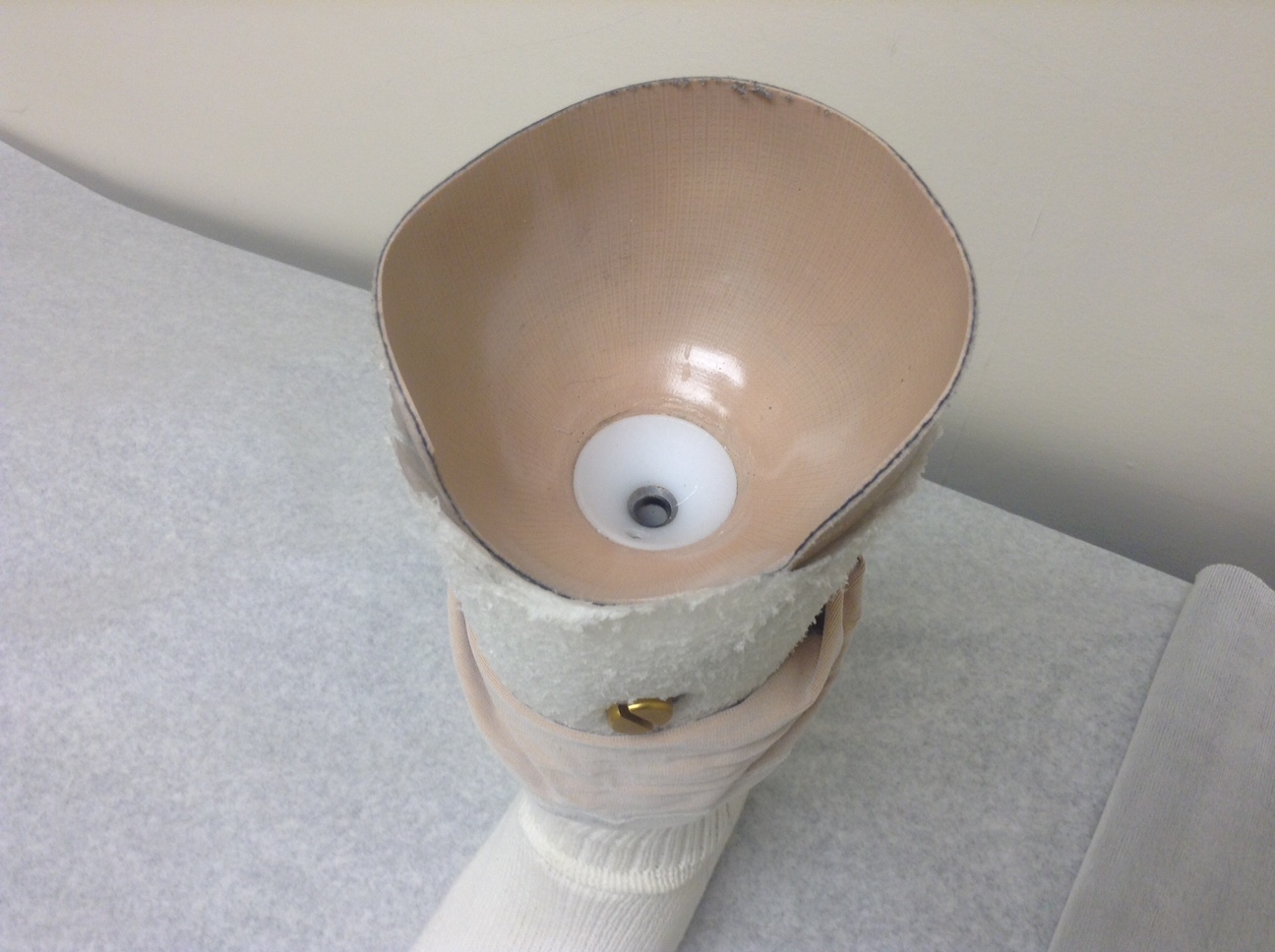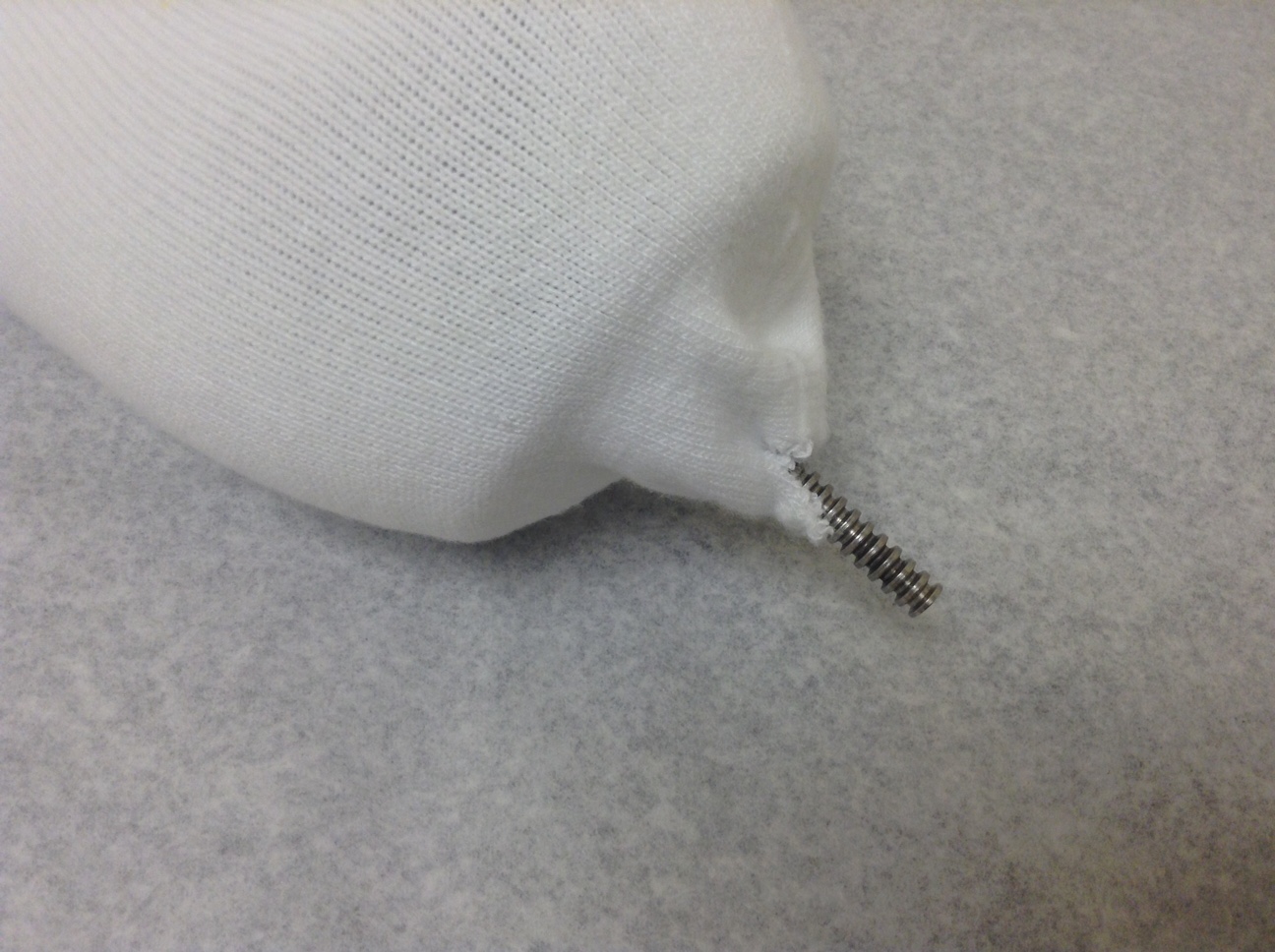QUESTION:
How often should I follow-up with my practitioner?
Nancy W.
ANSWER:
In general, when you have any skin problems (for example, redness that does not go away in 20-30 minutes after using your orthosis or prosthesis) or pain while using your prosthesis or orthosis, you should follow-up with your practitioner. If you notice that your device is not functioning properly (ankle joints not operating well, prosthetic knee is not bending appropriately) we also recommend that you call and follow-up with us.
Prosthetics
If your prosthesis is fitting and working well, it is still a good idea to come in about every 6 months. We can inspect your prosthesis for signs of wear as well as look at your liners, sleeves, and socks to make sure they are in optimal condition for use with your prosthesis. It's a great idea to follow-up with us regularly so we can catch any problems early. At the beginning of the process, when you first receive your prosthesis, we may see you more regularly for follow-up, as your limb may be changing quickly. However, over time these changes usually slow down and less frequent follow-ups may be more appropriate. We will normally call you to follow-up with you about every 6 months to see how you are doing.
Orthotics
We recommend an annual follow-up for orthoses. This is especially important if you have an orthosis that uses ankle or knee joints that may need maintenance or replacement. We will normally call you once a year to check in and see how you are doing.
In all cases, if something does not fit or function well, please contact our office at 410-636-8114. We may be able to resolve issues over the phone, and if not we look forward to seeing you in our office!
Thanks for your question! - Nina Bondre, CPO
Do you have a question you would like to Ask Us? Email us at info@dankmeyer.com.





